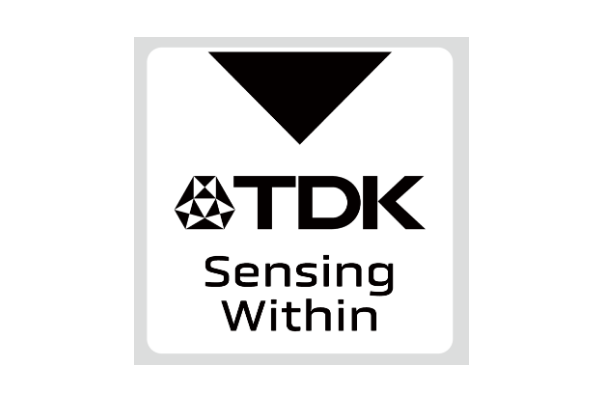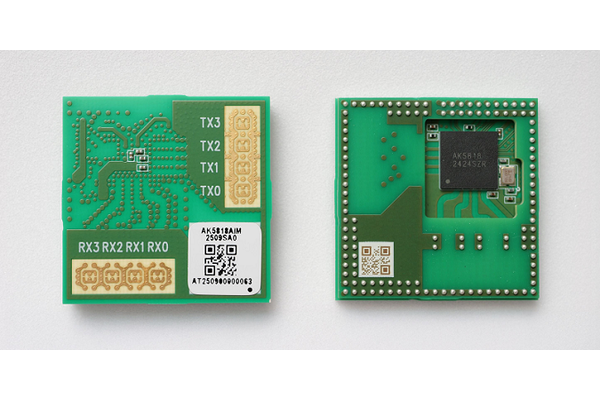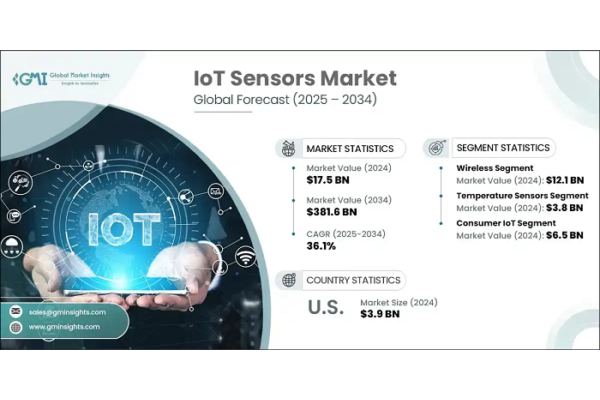Cyber Security Issues in Auto Transport: Understanding Risks and Threats
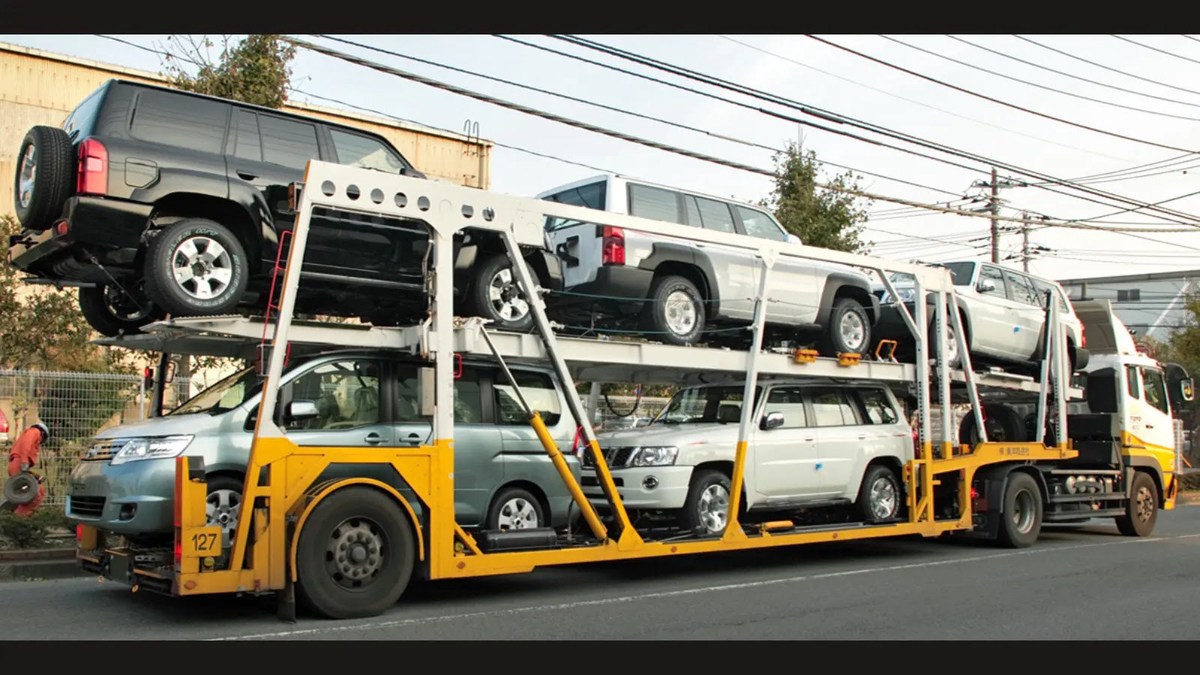
The world of auto transport is changing fast, with technology making our vehicles smarter and more connected than ever before. But with these advances come new risks—particularly in cybersecurity. Think about it: your car can now communicate with everything from traffic lights to your smartphone, creating convenience but also vulnerabilities that hackers might exploit. As we zoom into an era where our cars can do more (like drive themselves!), understanding the threats that accompany this digital shift becomes crucial. In this article, we’ll explore the growing cybersecurity issues in auto transport and why it’s important for everyone—from manufacturers to drivers—to stay aware of these risks.
The major cybersecurity issues in the auto transport space include risks associated with data breaches during system integrations, complexities arising from new software such as BATS CRM that could lead to increased user errors, and heightened vulnerabilities due to increased connectivity between vehicles. Additionally, there is growing concern about the management of sensitive customer information as systems merge and share data among providers.
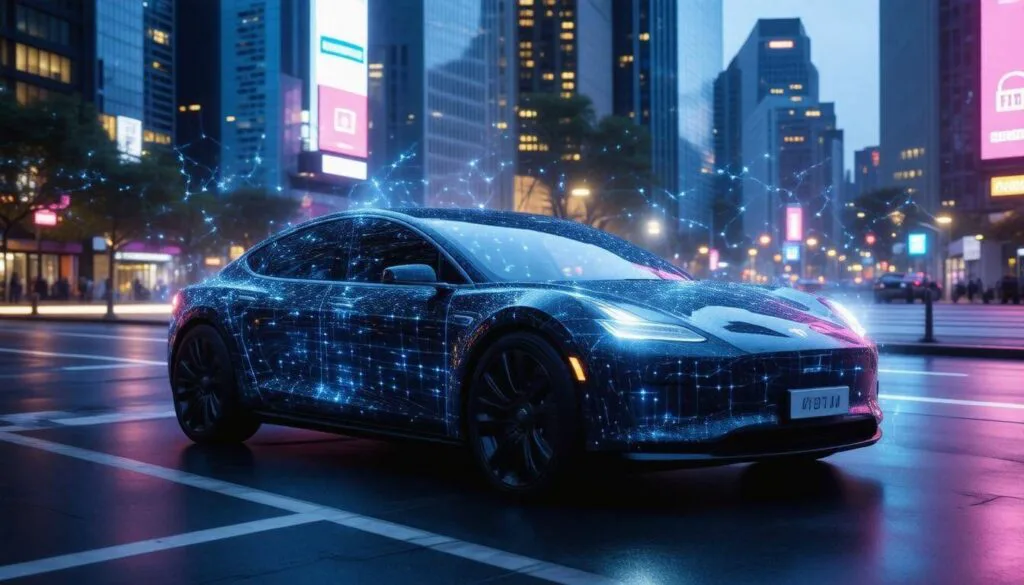
The Growing Threat of Cyber Attacks in Auto Transport
The automotive car shipping sector’s increasing dependency on digital systems has opened up a Pandora’s box of vulnerabilities ripe for exploitation. Cyber incidents are not just a minor concern; according to recent statistics from a popular provider in the car shipping space, there was an alarming 125% increase in cyber events within the auto industry over the past two years alone. This spike reveals a harsh reality: as we become more connected and reliant on technology for logistics, operations, and even customer management, we inadvertently create new avenues for malicious actors.
Connected vehicles often feature multiple Internet of Things (IoT) devices that facilitate communication between the vehicle and external networks. While this connectivity enhances convenience and user experience, it simultaneously exposes manufacturers and drivers to cyber threats. Smart technologies intended to improve vehicle functionality can also be misused by hackers who regard them as convenient entry points to gain unauthorized access and control critical systems. It’s akin to leaving a key under your welcome mat—only now, you’re providing direct access to your driver’s seat.
The implications of such vulnerabilities are profound. For instance, just last year, Tesla faced a significant breach that exploited a flaw in its autopilot system. Hackers could potentially commandeer vehicle functions remotely, raising serious concerns about safety and privacy for consumers who expect their cars to function securely. Such breaches remind us that robust cybersecurity measures are essential requirements for all automotive stakeholders—from manufacturers to end users.
As we continue down this road toward digital transformation in automotive technology, it’s crucial that both industry players and consumers recognize the significance of implementing strong cybersecurity protocols that safeguard vehicle functionality and consumer safety.
Moreover, effective response strategies must include regular security assessments and a commitment to staying updated with evolving threats. Proactive measures such as these ensure that organizations can identify their vulnerabilities before they become problems, rather than merely reacting after an incident occurs. This forward-thinking approach serves not just to protect assets but ultimately enhances consumer trust in advanced automotive technologies.
While the statistical rises in cyber threats may seem daunting, understanding the technological landscape allows stakeholders to better prepare for forthcoming challenges as we transition into identifying the underlying weaknesses inherent in vehicle systems.
Key Vulnerabilities in Vehicle Systems
Modern vehicles are remarkable feats of engineering, but their sophistication comes with a web of interdependencies that can lead to significant security risks. One of the primary vulnerabilities lies within communication protocols. Vehicles often utilize V2X (vehicle-to-everything) communications to relay information about traffic, weather conditions, or updates from nearby infrastructure. Unfortunately, if these channels are inadequately protected, attackers can intercept or manipulate the data being shared, leading to potentially dangerous situations.
Consider the implications: an unauthorized user could send false signals about road conditions to your car, making it react inappropriately. Such scenarios underline the critical need for robust encryption standards and secure authentication measures. Manufacturers must prioritize fortifying communication protocols to safeguard against these types of cyber threats.
Another area of concern is the infotainment systems integrated into many vehicles. These interfaces are not just for music and navigation; they’re gateways into the car’s more sensitive systems. As intriguing as it may be to customize your dashboard display or access streaming services, these functionalities can also open doors for attackers if security measures are not stringent. The infotainment system can serve as low-hanging fruit for adversaries looking to gain control over more critical components of the vehicle.
Security flaws here can allow hackers not only to breach personal information but also potentially manipulate driving controls. Ensuring that infotainment systems undergo rigorous testing and updates is essential for enhancing overall vehicle security posture.
Then we have the **Electronic Control Units (ECUs)**—the behind-the-scenes heroes responsible for various functions like braking, steering, and engine management. While each ECU operates independently, they communicate through networks within the vehicle. A vulnerability in one ECU can compromise others if they’re inadequately insulated from potential intrusions. Thus, implementing a defense-in-depth strategy becomes crucial; manufacturers must adopt layered security approaches that prevent unauthorized access across all ECUs.
While discussing security improvements, it’s important to note how Over-the-Air (OTA) updates present both convenience and risk.
OTA updates allow manufacturers to roll out software upgrades without needing a physical service appointment. While this is incredibly beneficial for performance enhancements and bug fixes, it does come with its own set of potential vulnerabilities. If authentication methods are weak, cybercriminals can exploit OTA mechanisms to inject malicious code into vehicle systems.
According to the European Union Agency for Cybersecurity (ENISA), approximately 60% of vehicle cyberattacks target weaknesses found in communication protocols and infotainment systems. This alarming statistic should galvanize both industry stakeholders and consumers alike to prioritize vehicle cybersecurity.
Understanding these vulnerabilities isn’t just an academic exercise; it’s part of a larger imperative to develop safeguards against potential risks that threaten individual vehicles and public safety. By ensuring that technology is properly secured at each level—from communication protocols to OTA update mechanisms—we can significantly mitigate dangers posed by malicious actors seeking to exploit entry points in our increasingly digital world.
With this awareness of vulnerabilities firmly established, we now shift our focus toward assessing how these threats impact vital information as well as passenger safety.
Risks to Information and Passenger Safety
The auto transport industry is at an inflection point where technology meets vulnerability. With interconnected vehicles increasingly relying on sophisticated systems, the potential for misuse becomes alarmingly real. Just as important as protecting customer data is ensuring that passengers remain safe while on the road.
For instance, a cyberattack can disrupt the very systems designed to protect passengers and enhance driving experiences. This not only affects vehicle performance but could also result in catastrophic outcomes.
Data Breaches
The statistics speak for themselves: a PwC report highlighted breaches impacting over 5 million vehicle owners in 2024 alone. Such breaches expose sensitive information ranging from names and addresses to driving habits and financial details. Imagine how an attacker might exploit this data—reselling it on the dark web or orchestrating identity theft, leaving victims vulnerable and uneasy.
But this isn’t merely about data theft; it’s about the outcomes of such vulnerabilities that lead us to consider more alarming threats.
Safety Threats
Think of it this way: a hacker taking control of your vehicle resembles an intruder breaking into your home and tampering with your electrical systems—both scenarios present severe risks. In 2022, a well-publicized incident involving the Jeep Cherokee illustrated just how dangerous this reality could be when hackers wrested control over steering and braking mechanisms. It raised alarms not just about security measures but about passenger lives hanging in the balance.
As vehicles draw closer to autonomous operation, the stakes become even higher. With less reliance on human navigation and intervention, any compromise in system integrity directly impacts safety. An unsettling dynamic emerges where the absence of a driver enhances vulnerability instead of security.
Cybersecurity has thus evolved from a mere IT concern to a crucial aspect of passenger safety.
Organizations like the NHTSA are focused on developing stringent frameworks and protocols aimed at securing these interconnected systems and preventing potential cyberattacks. They highlight a multi-layered approach that prioritizes safeguarding both wired and wireless access points to minimize risks effectively.
The protection of personal information must occur alongside efforts to secure vehicle systems, showcasing how intertwined these issues truly are in our increasingly digital world. Beyond understanding current threats, exploring comprehensive strategies tailored for robust defense becomes essential in tackling these rising challenges in auto transport.
Effective Defense Strategies
A robust cybersecurity framework for the automotive industry demands a multi-layered approach that not only focuses on individual vehicles but also protects the interconnected systems they rely on. This comprehensive strategy must include proactive measures like regular software updates, user education, and advanced authentication protocols. Each layer serves as a shield, working together to protect valuable data and maintain safety standards.
Multi-Factor Authentication
One effective strategy for bolstering cybersecurity is the implementation of multi-factor authentication (MFA). By requiring multiple forms of verification—such as a password, biometrics, or even a one-time code sent to a mobile device—this method adds significant protection against unauthorized access.
For example, imagine needing not just your usual password but also your fingerprint to unlock critical vehicle functions. This dual-authentication process ensures that even if an attacker gains access to one element, they are still thwarted by the additional security layer.
Alongside MFA, another vital component of effective defense lies in keeping software current.
Regular Software Updates
Regular software updates and patches act as essential lifelines in mitigating known vulnerabilities that could be exploited by cybercriminals. It is crucial for automotive companies to develop a proactive update policy, ensuring that all systems are regularly assessed and updated with the latest security patches.
Think of it like maintaining a well-oiled machine; just as you would routinely check and replace worn parts in a car, updating software keeps your systems running smoothly and reduces risks.
Additionally, educating users about the importance of maintaining updated systems can’t be overlooked. Many individuals may not realize that neglecting these updates increases their vulnerability to cyber attacks. Companies should empower users with clear guidelines on how to recognize when updates are available and the steps to implement them effectively.
By combining these methods with ongoing awareness training for employees and users alike, organizations can create a more resilient environment against evolving cyber threats.
In this rapidly changing landscape, understanding these defense strategies enables both manufacturers and consumers to take proactive steps in safeguarding their vehicles against cyber insecurity. The stakes are undoubtedly high—ensuring these defenses remain intact is essential for fostering trust in automotive technologies.
With such critical components in place, it’s important to explore how industry players are responding through established standards and regulations that further bolster these defenses.
Industry Standards and Regulations
Governments and organizations worldwide are stepping up their efforts to create robust frameworks aimed at addressing cybersecurity concerns in the auto sector. Their goal is not merely compliance; it’s about ensuring the safety, reliability, and longevity of modern vehicles. With vehicles now functioning as complex networks of interconnected systems, comprehensive guidelines are essential for manufacturers to follow as they evolve their technologies.
NIST Cybersecurity Framework
The National Institute of Standards and Technology (NIST) plays a pivotal role in providing a structured framework that auto manufacturers can leverage to bolster their cybersecurity posture. By implementing this framework, companies can proactively manage cybersecurity risks while fostering a culture of continuous improvement.
The NIST framework emphasizes a risk-based approach that focuses on five key functions: Identify, Protect, Detect, Respond, and Recover. These components collectively ensure that manufacturers don’t just react to threats but also anticipate them. For example, developing a thorough understanding of potential vulnerabilities allows manufacturers to implement protective measures before incidents occur.
| Standard | Focus | Application |
| ISO/SAE 21434 | Road vehicles – Cybersecurity engineering | Design & Production |
| UNECE WP.29 | Regulates cybersecurity in vehicles | Compliance |
With important standards such as ISO/SAE 21434 guiding cybersecurity engineering practices and UNECE WP.29 requiring compliance with cybersecurity protections, these regulations help establish a baseline level of security. This structure not only mitigates risks but also instills confidence among consumers in the safety of their vehicles.
However, it’s not enough to simply meet these standards; companies must continuously evaluate and enhance their cybersecurity strategies.
As technology advances, so do the tactics employed by cybercriminals. Staying aligned with these dynamic standards enables manufacturers to adapt swiftly to emerging threats while ensuring improvements against potential breaches. Understanding and implementing these standards is crucial for safeguarding the future of our vehicles and driving experience amid an increasingly connected landscape.
This ongoing evolution will shape how we engage with the technologies we rely on daily, opening the door to both challenges and innovations that lie ahead.
Future Challenges and Innovations
The emergence of autonomous vehicles (AVs) marks a pivotal shift in our understanding of vehicle security. These vehicles, driven by sophisticated artificial intelligence systems, rely heavily on vast networks to communicate with external servers and other systems. This reliance opens numerous gateways for potential hackers. Experts assert that nearly 30% of vehicles on the road could be autonomous by 2030, significantly expanding the vulnerabilities within the auto transport sector. Each connection point is a potential threat that malicious actors could exploit, creating an urgent demand for robust cybersecurity measures tailored specifically for AV technology.
As we integrate more AV technology into our daily lives, the importance of developing advanced cybersecurity protocols escalates dramatically.
Meanwhile, quantum computing is on the cusp of altering everything we know about digital security. With its processing power exponentially surpassing classical computers, quantum computing may rapidly render current encryption methods ineffective. The strategies devised to protect automotive data will require complete overhaul and rethinking; new cryptographic approaches must be developed to secure communications within this new paradigm. Indeed, while the threat of quantum computing presents a major challenge, it also paves the way for innovation in cybersecurity measures across the automotive landscape.
Addressing these future challenges calls for a proactive approach from all stakeholders in the automotive sector. Manufacturers must invest in cutting-edge technologies such as real-time monitoring and artificial intelligence-driven threat intelligence systems to detect issues before they escalate into crises. By anticipating potential vulnerabilities rather than merely reacting to them, the industry can forge a safer path forward.
Engaging proactively involves establishing collaborative frameworks where automakers, cybersecurity firms, and even government bodies work together to develop best practices and protocols.
Embracing Innovation
Driving innovation does not come without its hurdles—balancing regulatory compliance with technological advancement remains tricky. The rapid pace of development often outstrips existing regulations, leaving gaps that threaten consumer safety. Continuous dialogue between policymakers and industry leaders is essential to ensure that regulations evolve alongside emerging technologies.
It will be crucial to:
- Invest in Research and Development: Allocating resources towards exploring new security technologies is vital.
- Focus on Education and Training: Preparing teams and individuals to understand both existing threats and newer innovations helps build a more resilient automotive landscape.
- Enhance API Security: Given that API-driven attacks are on the rise, investing in stronger API security layers can preemptively reduce breaches.
Navigating these evolving challenges requires vigilance, flexibility, and an ongoing commitment to innovation within automotive cybersecurity practices. Through collaboration and a forward-thinking mindset, stakeholders can enhance their defenses against the multifaceted risks posed by modern technology while paving the way for a more secure driving experience.


